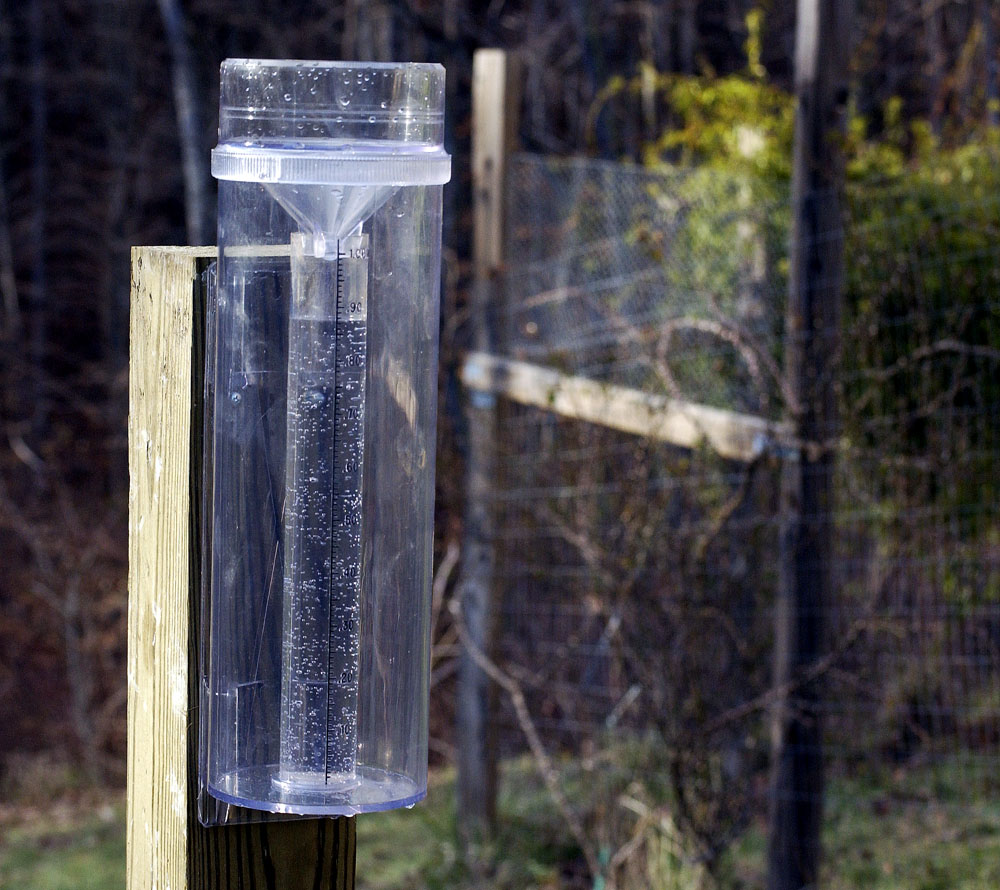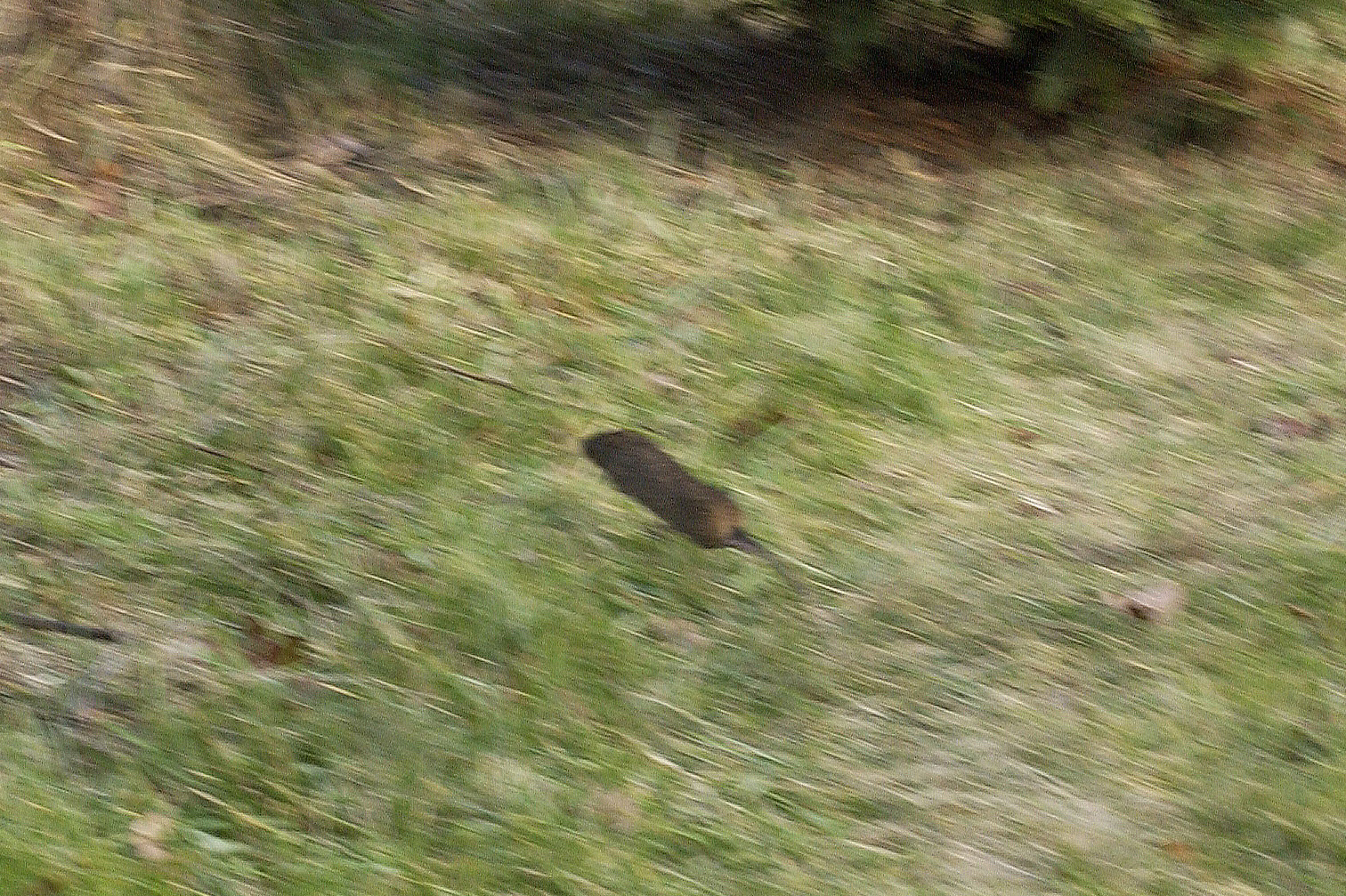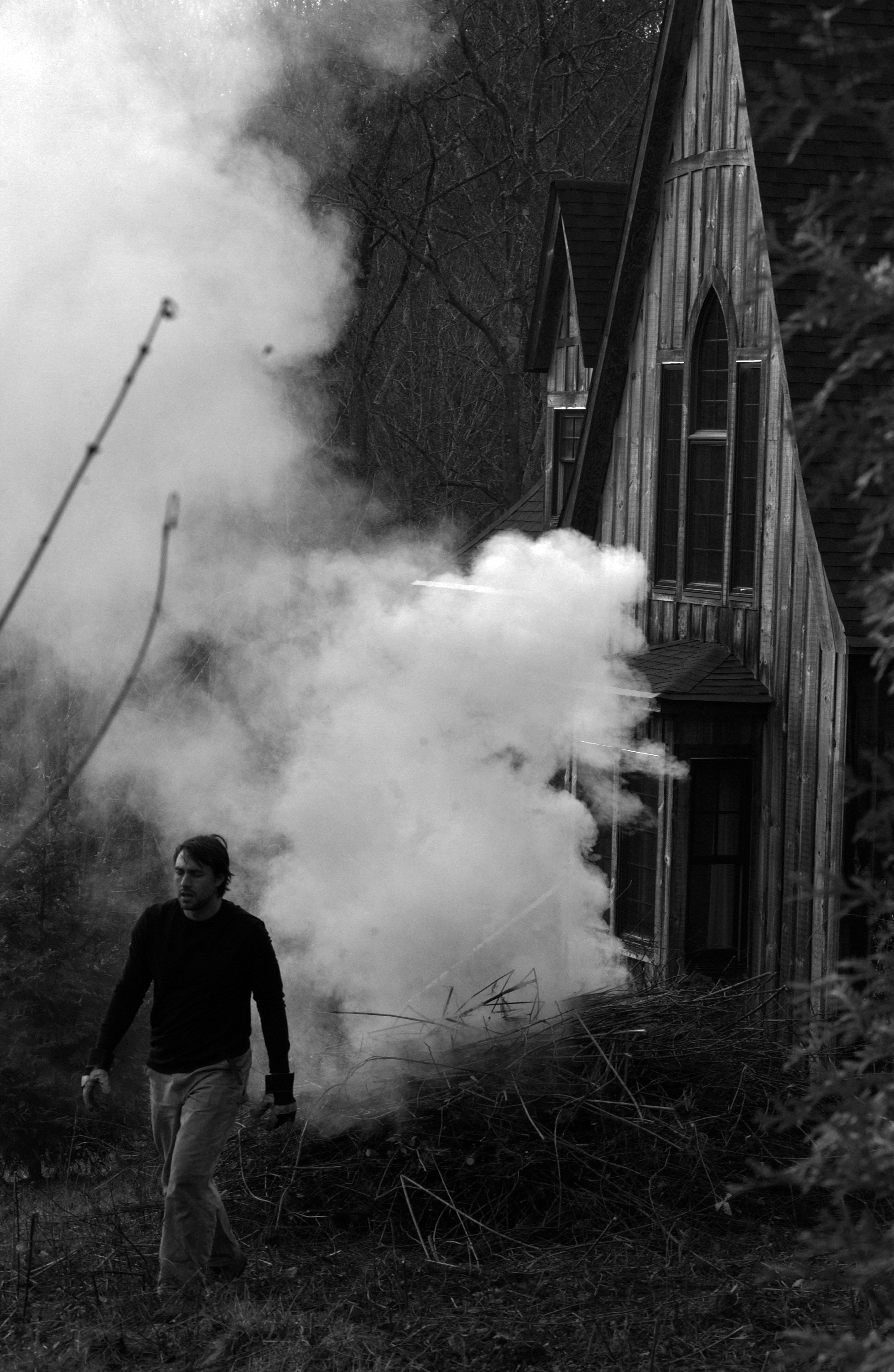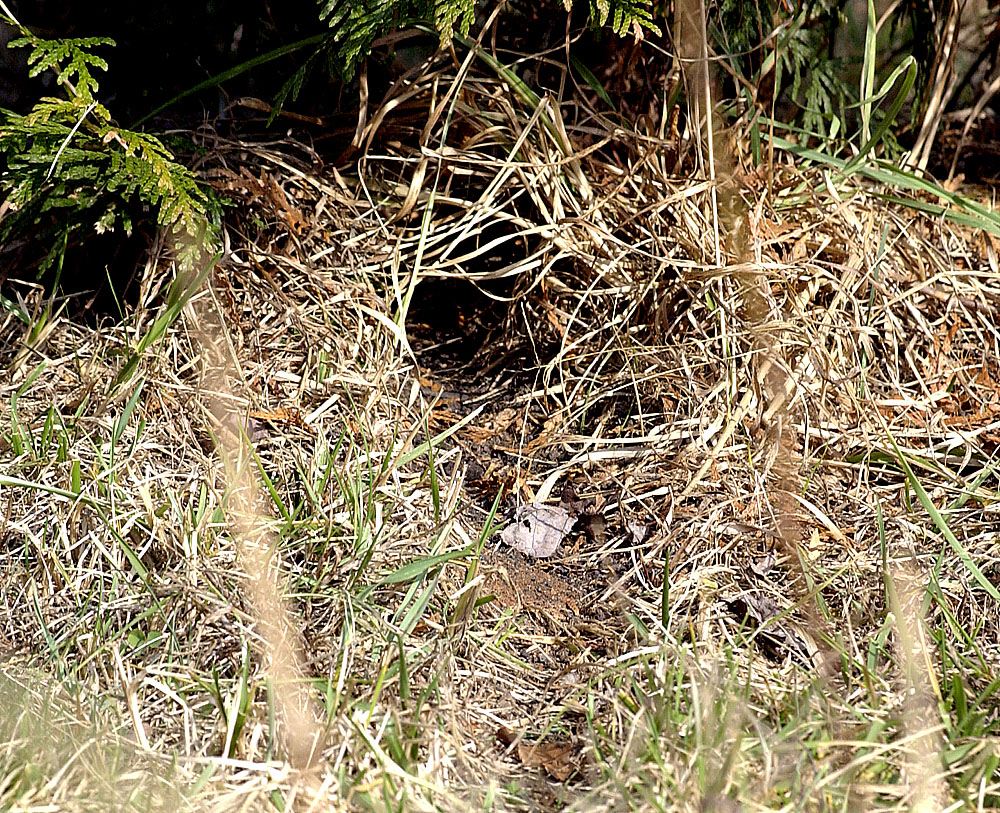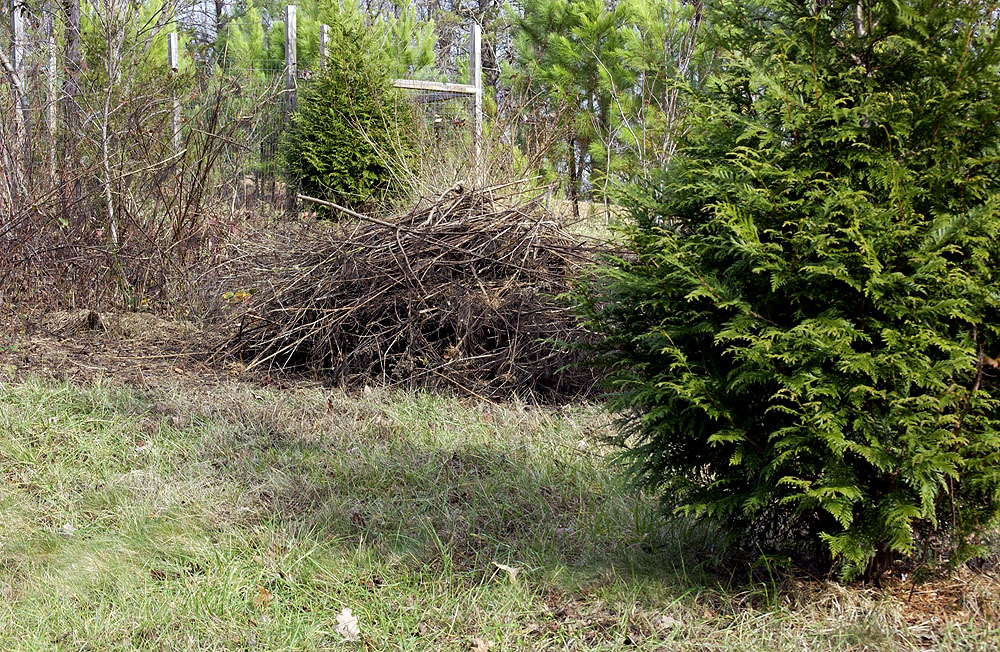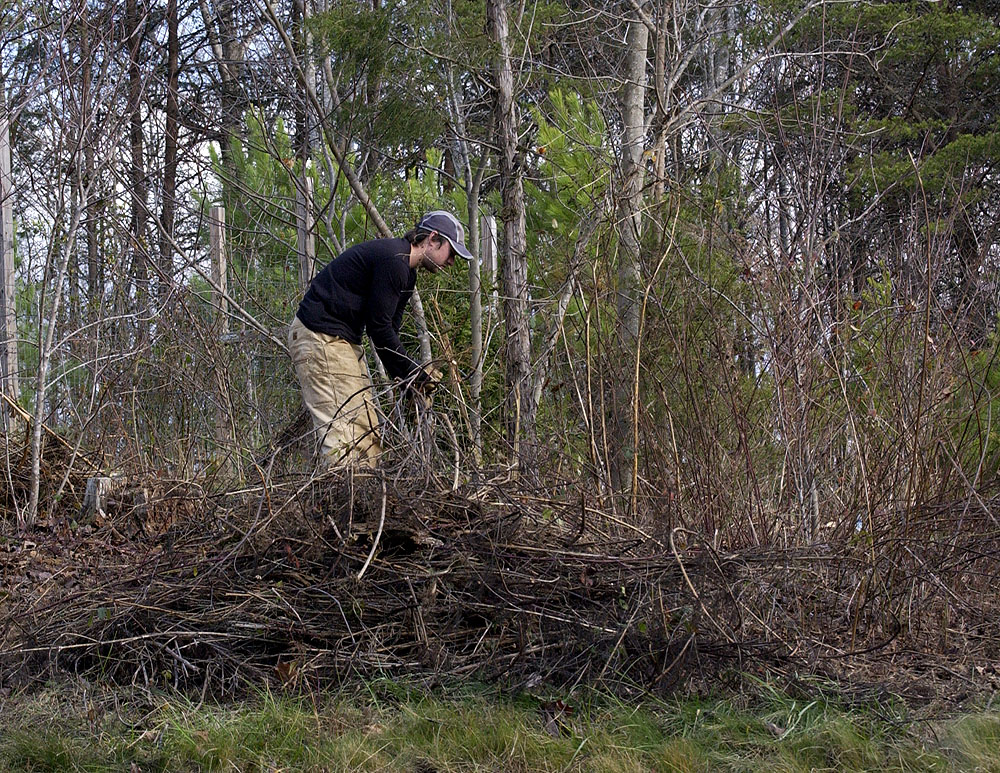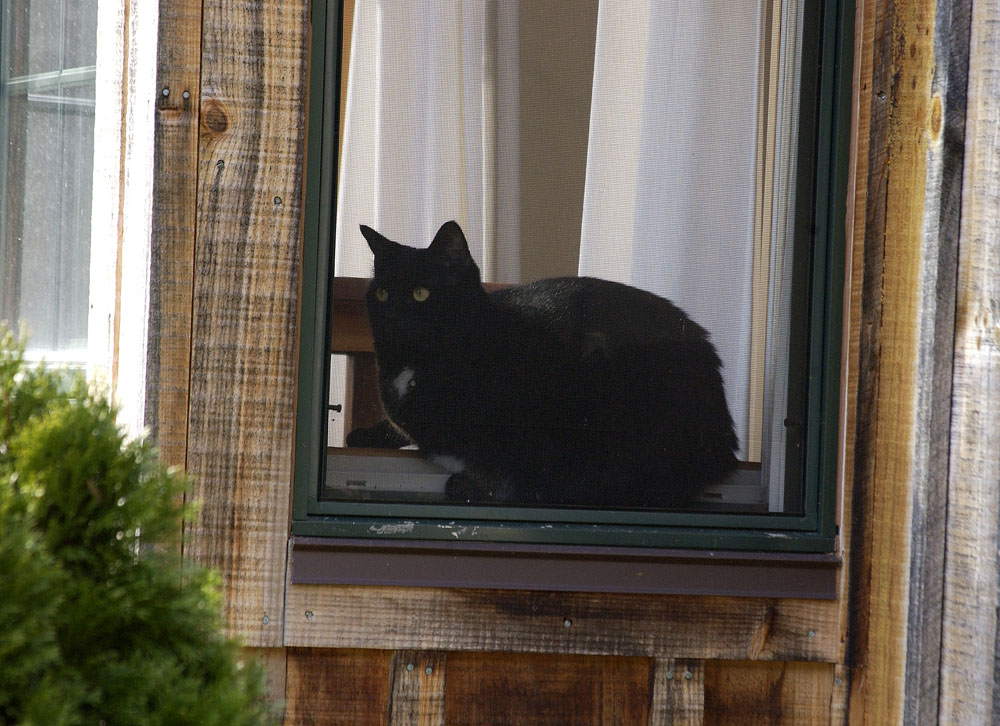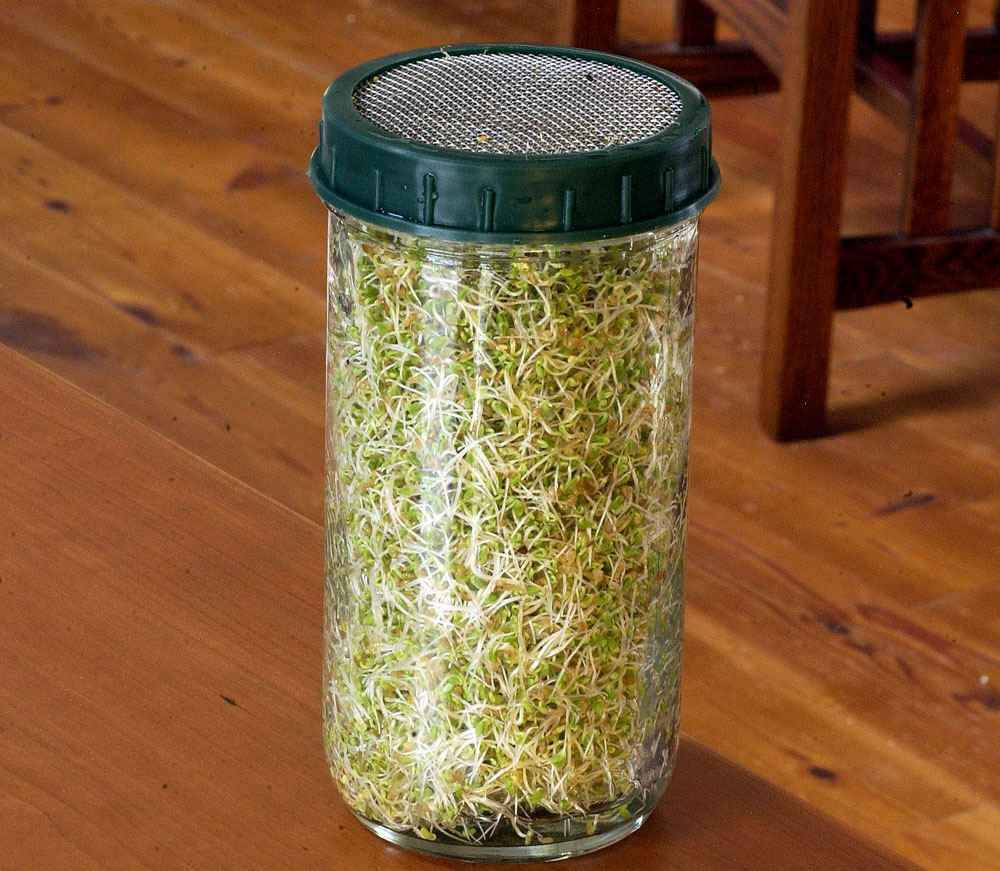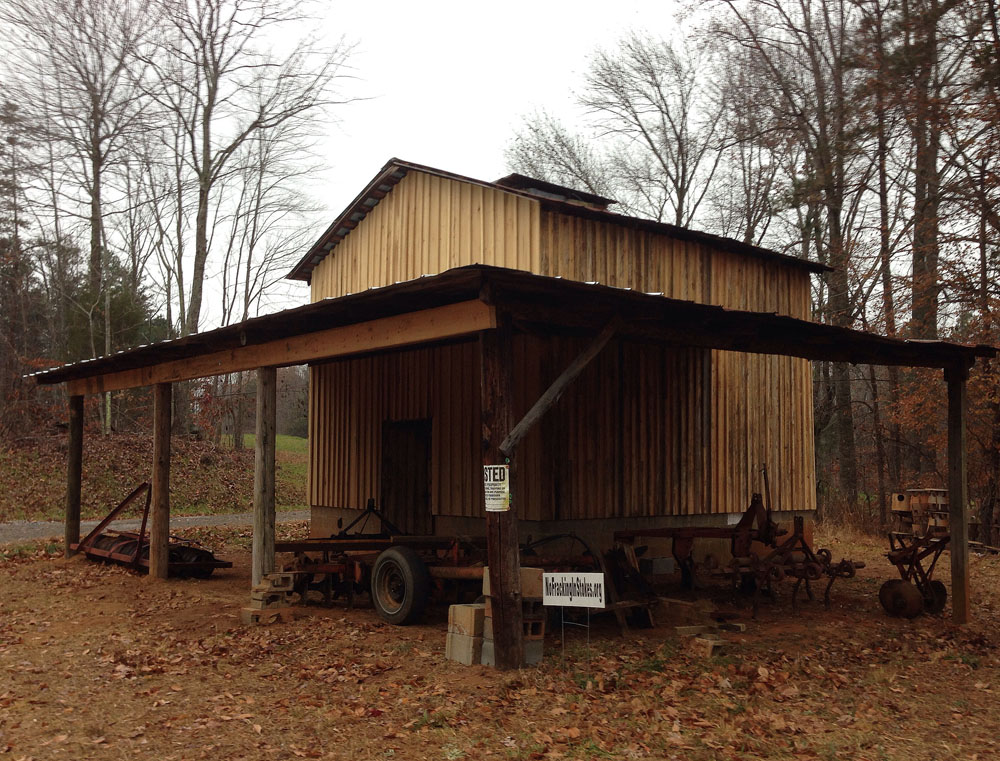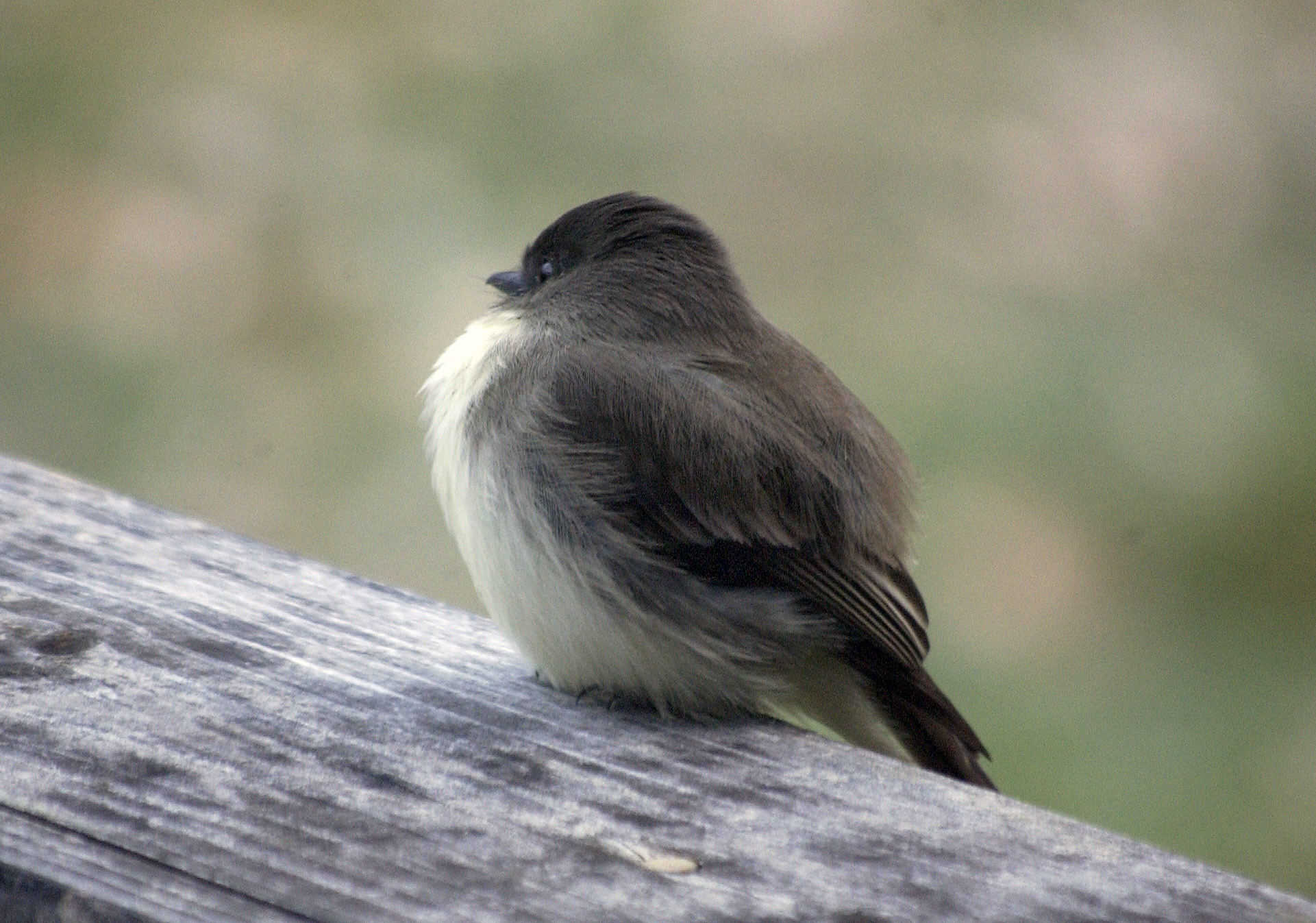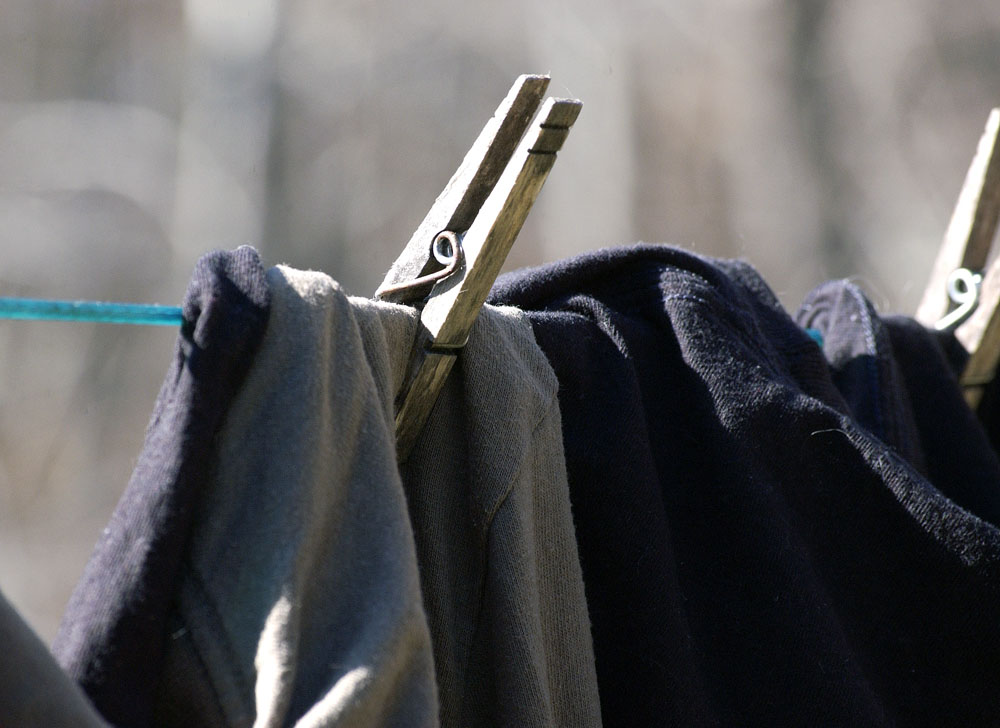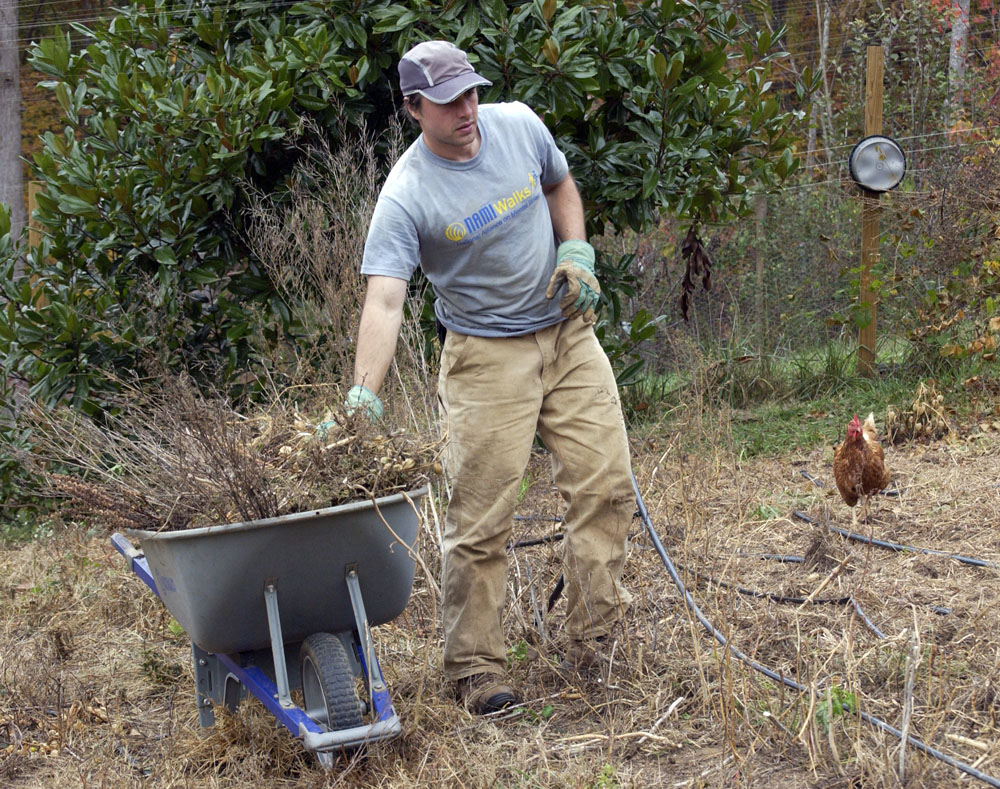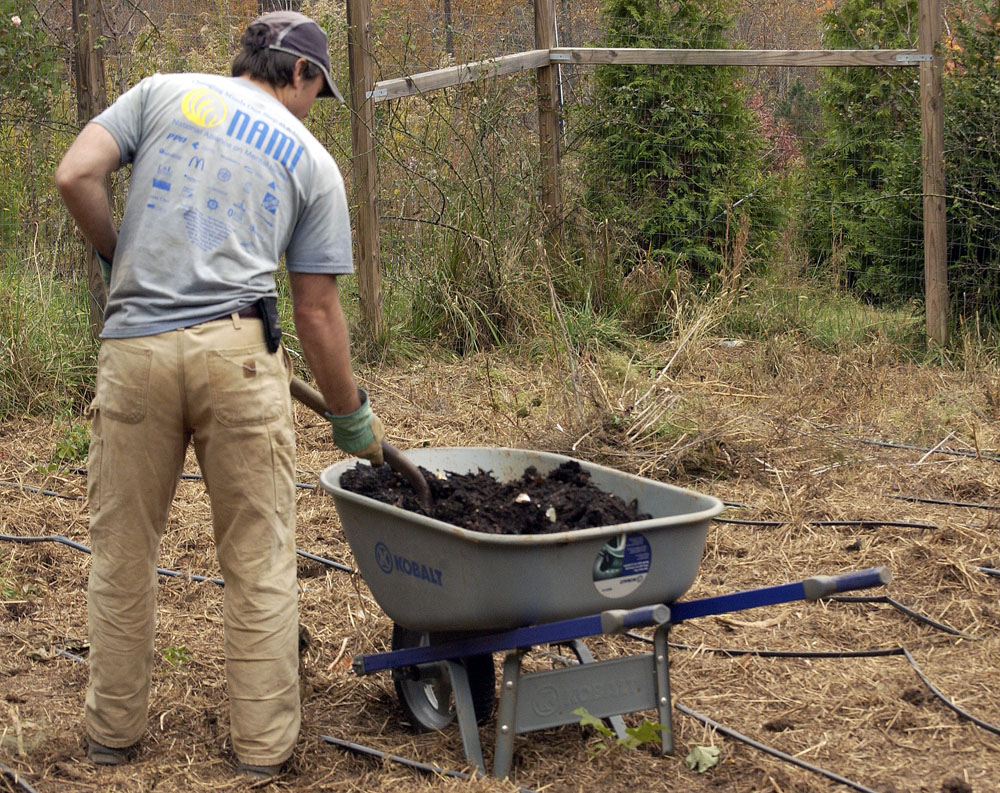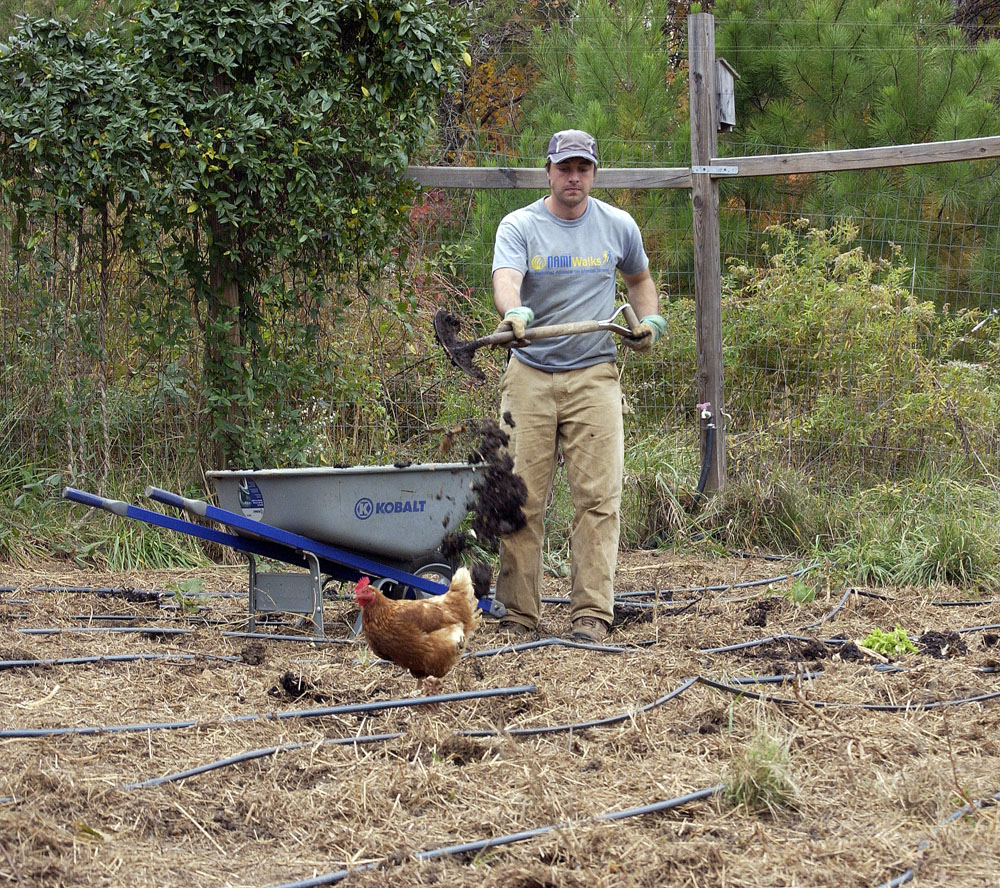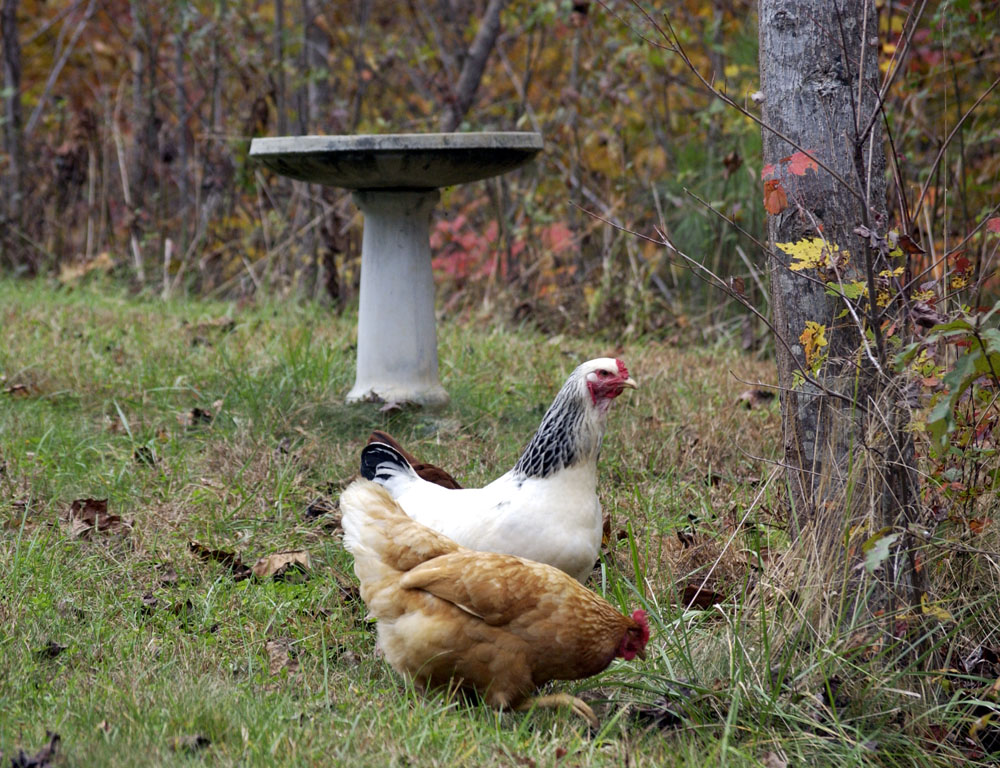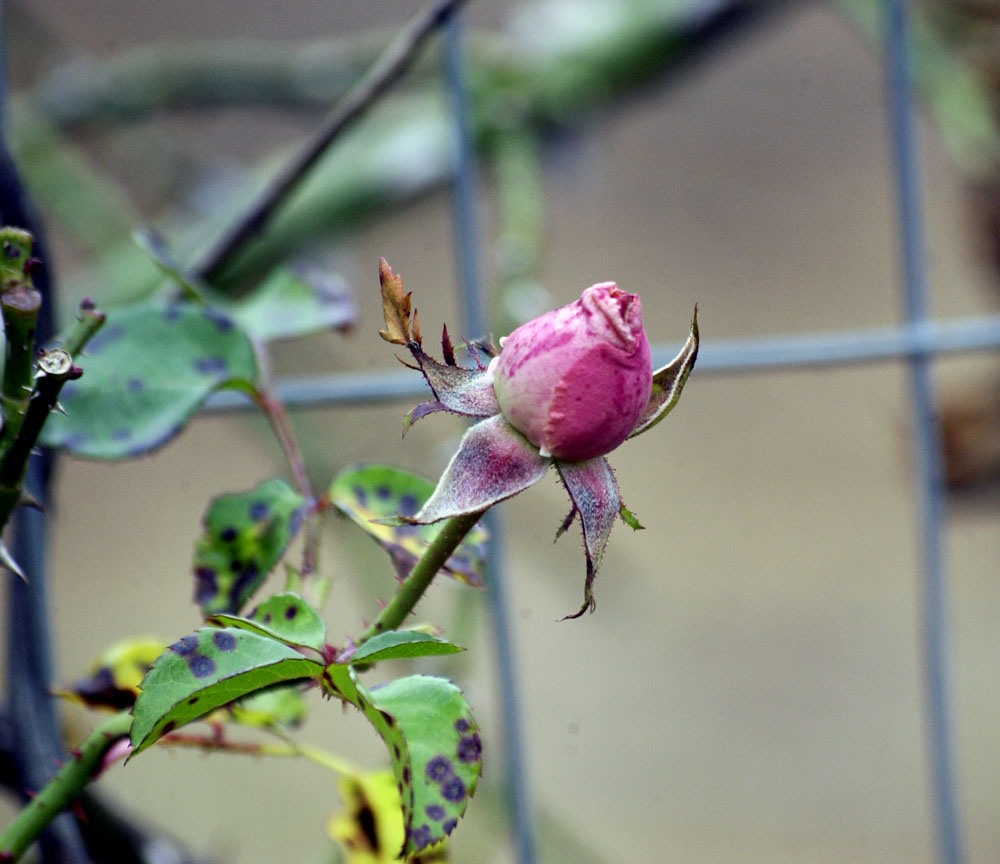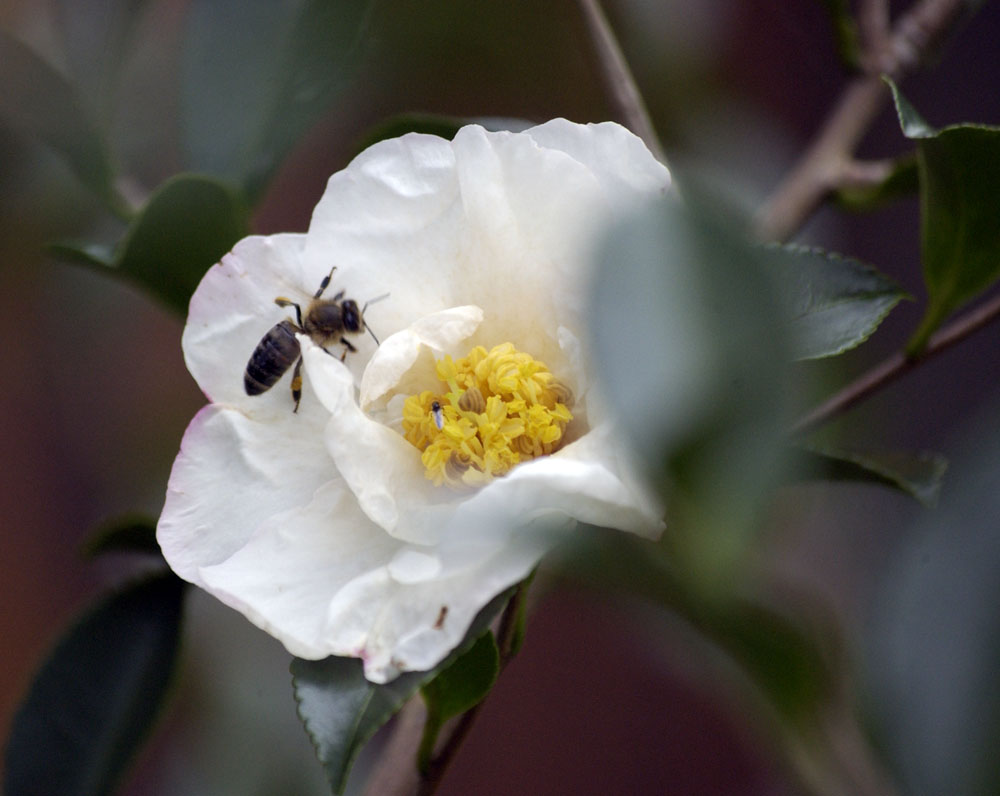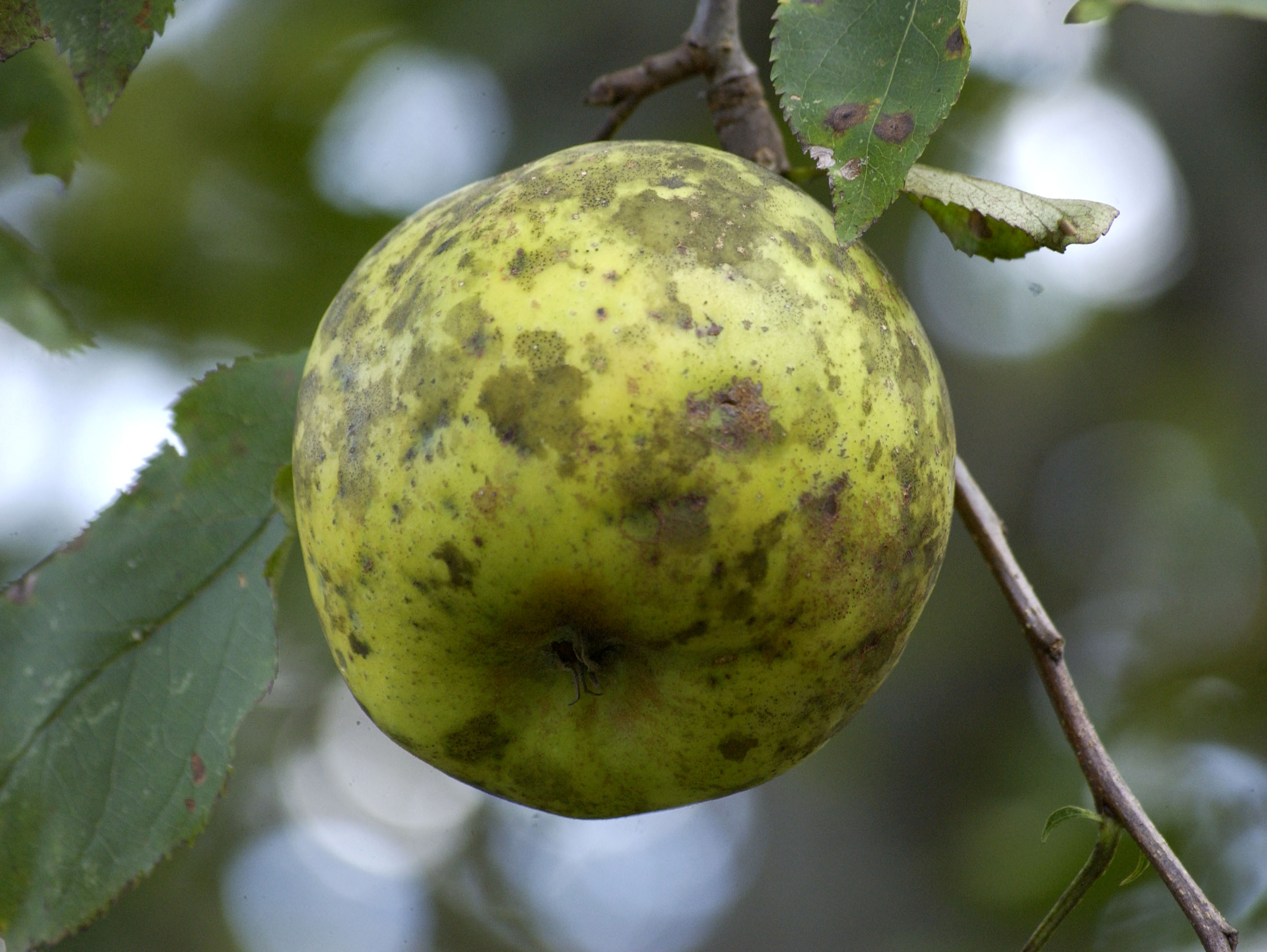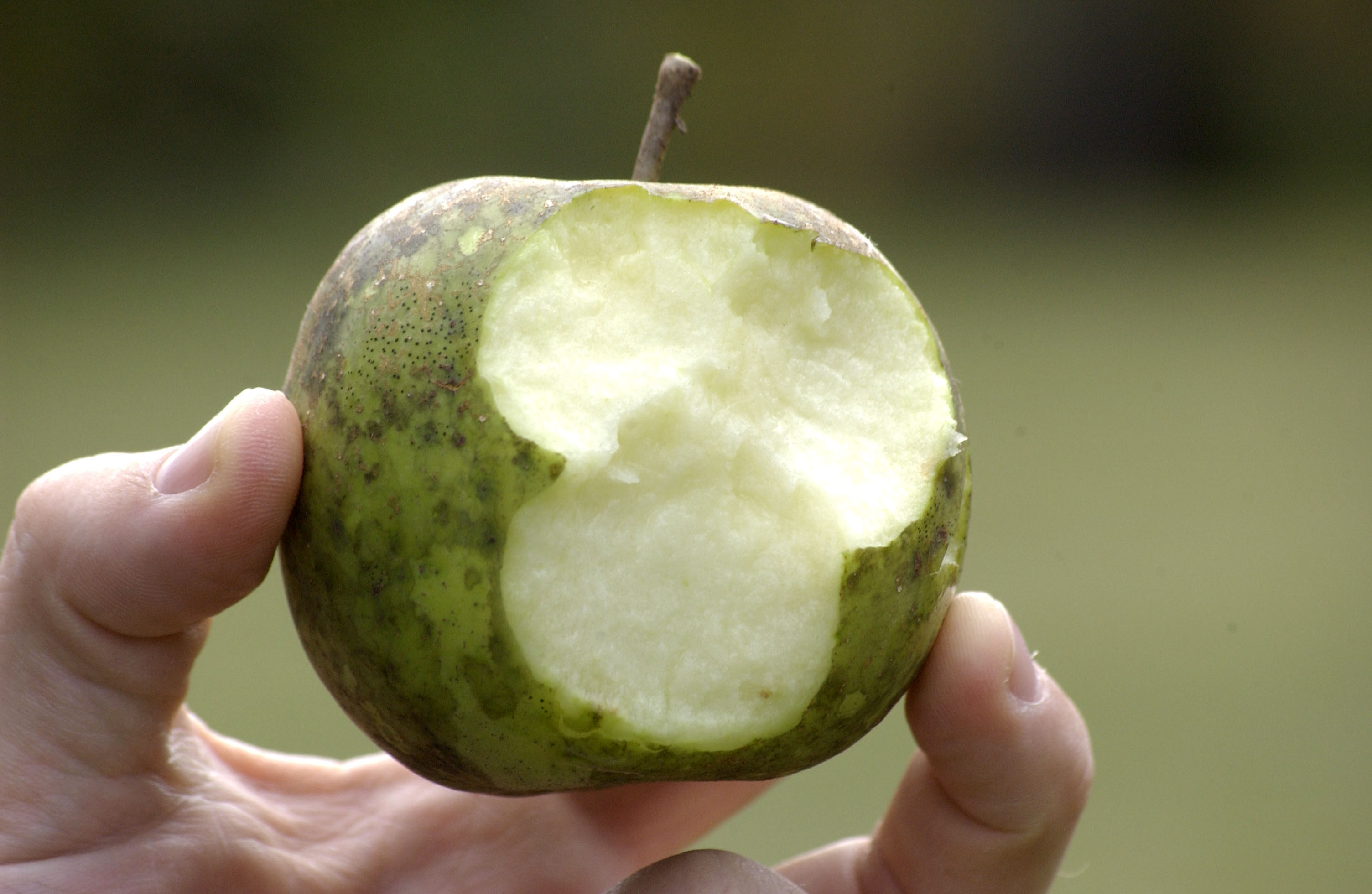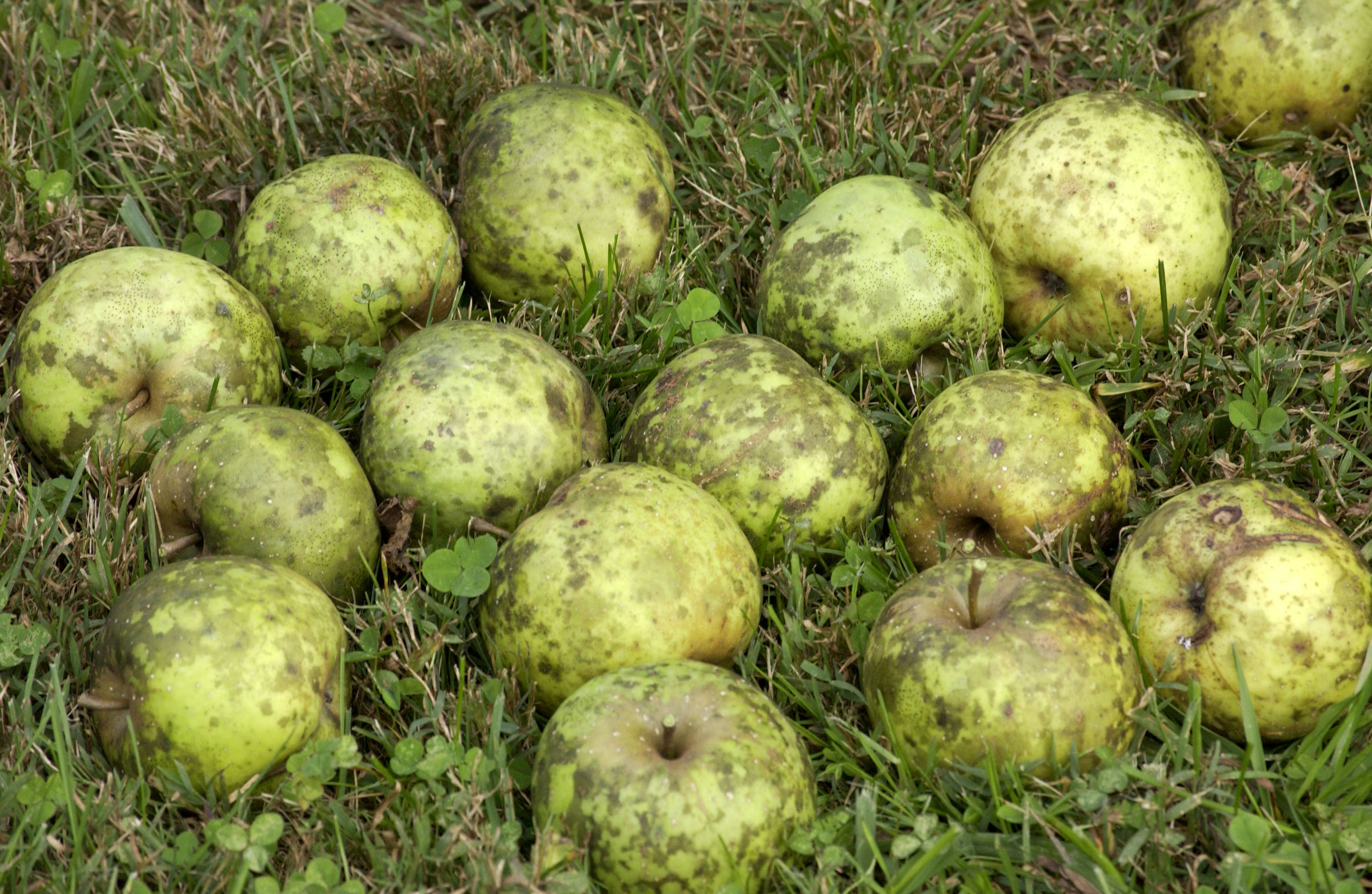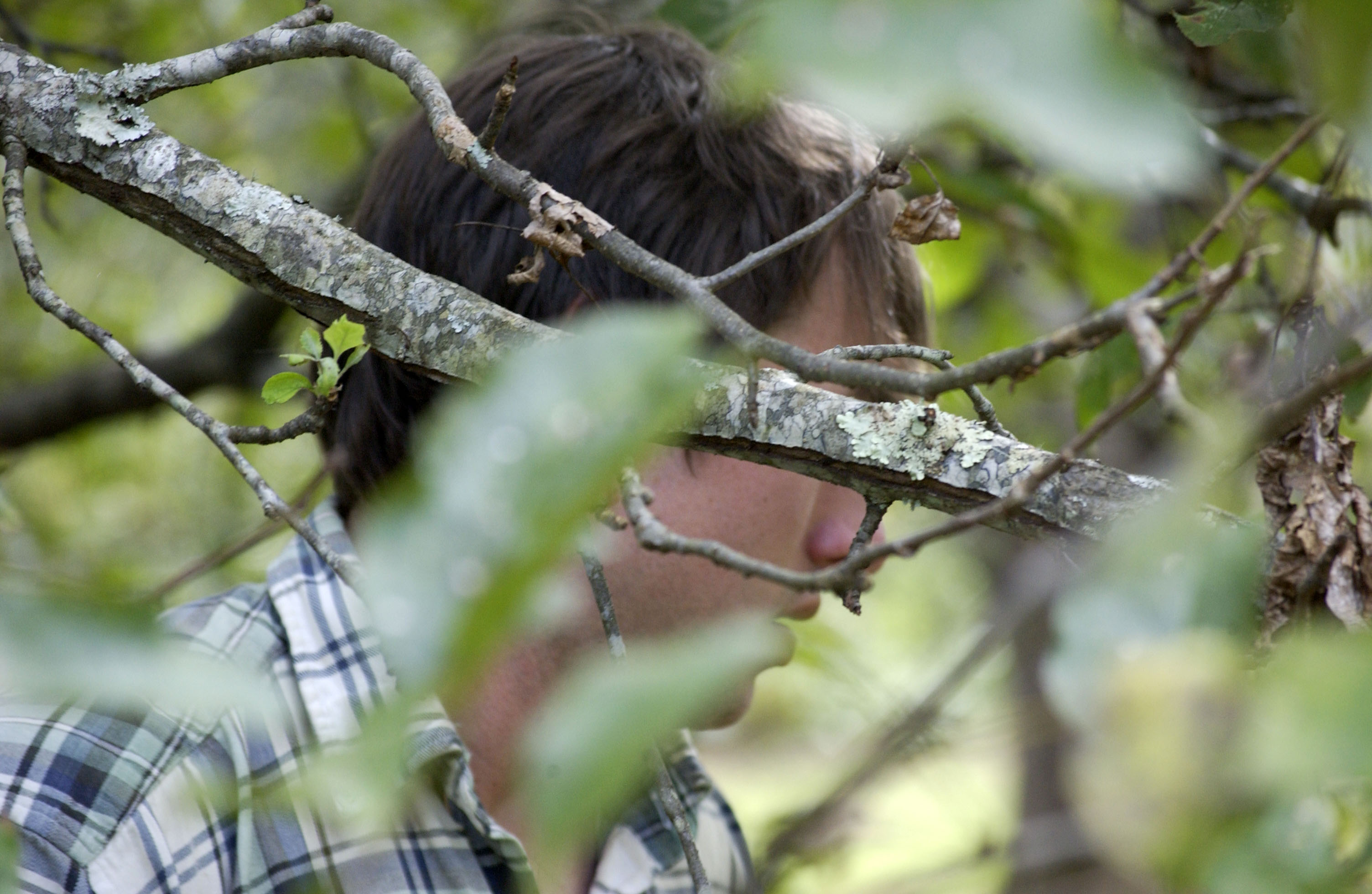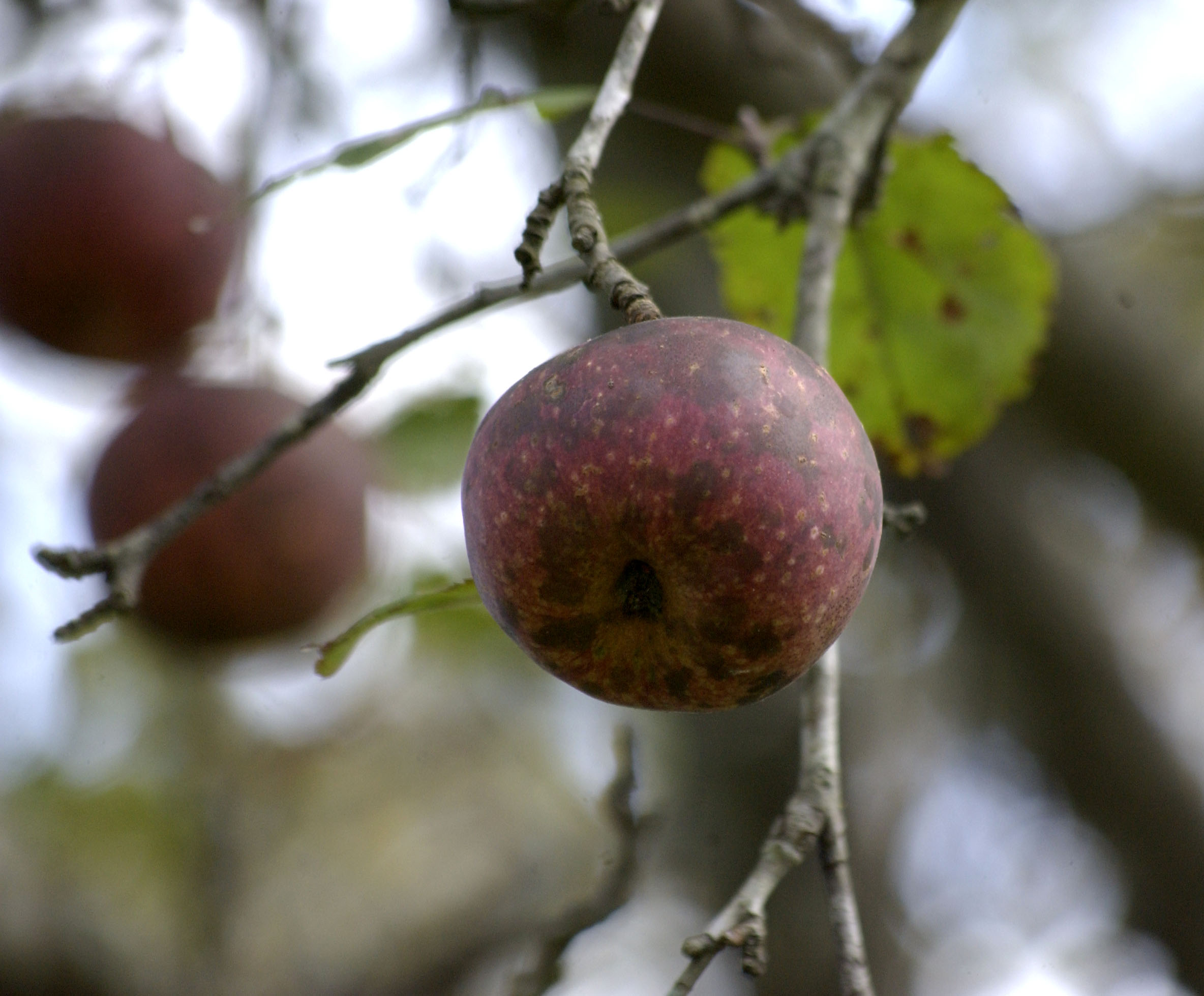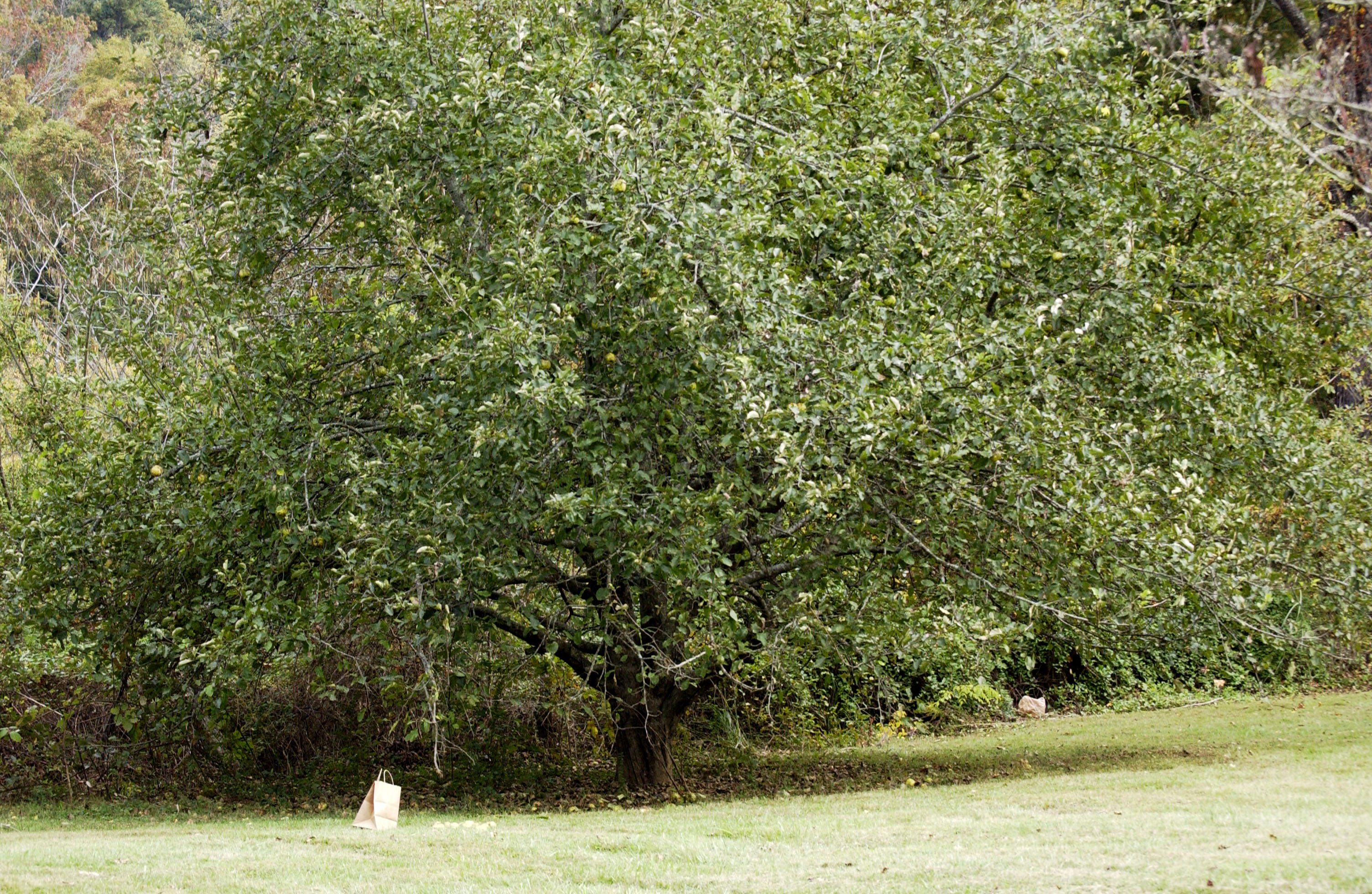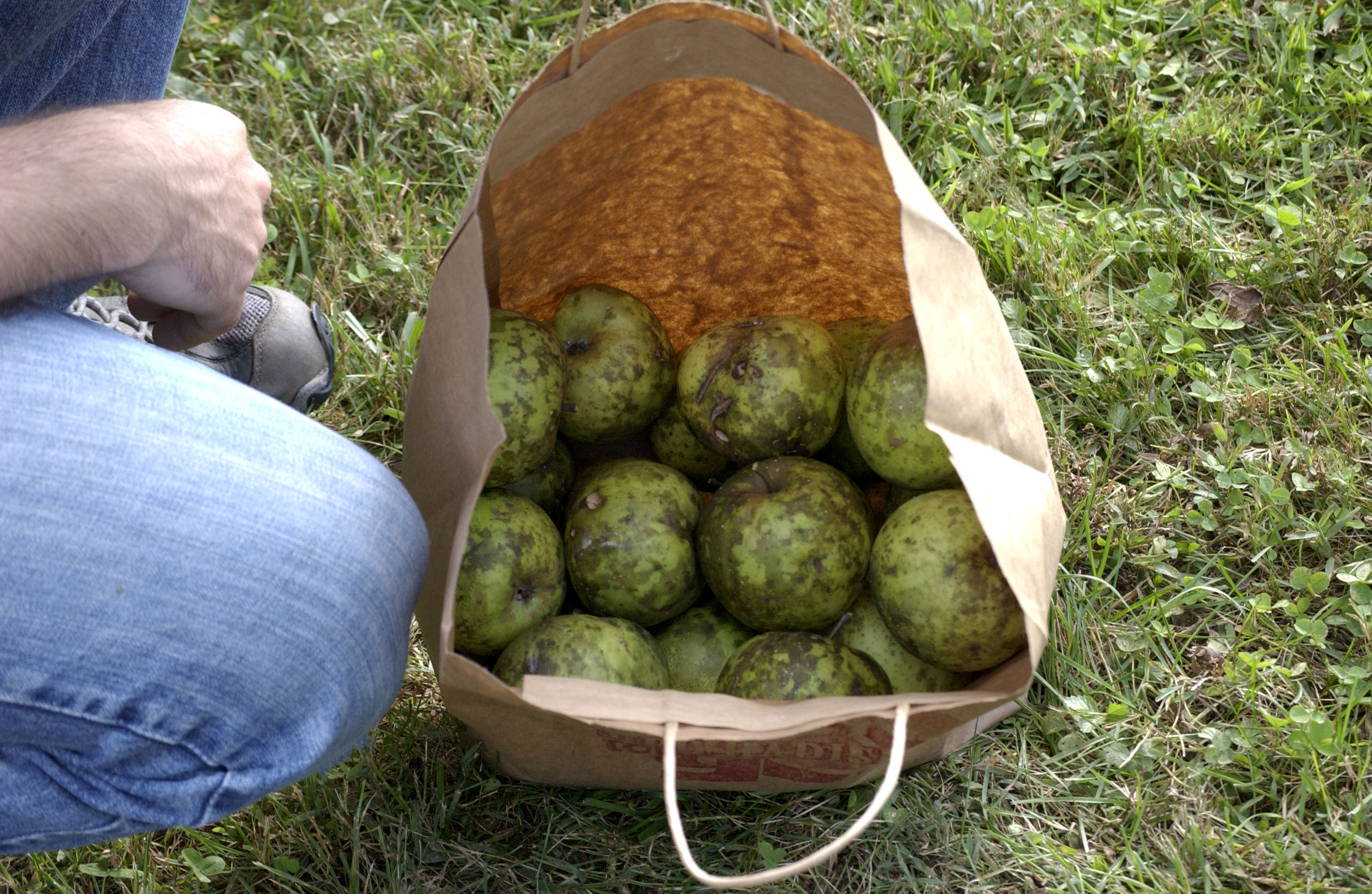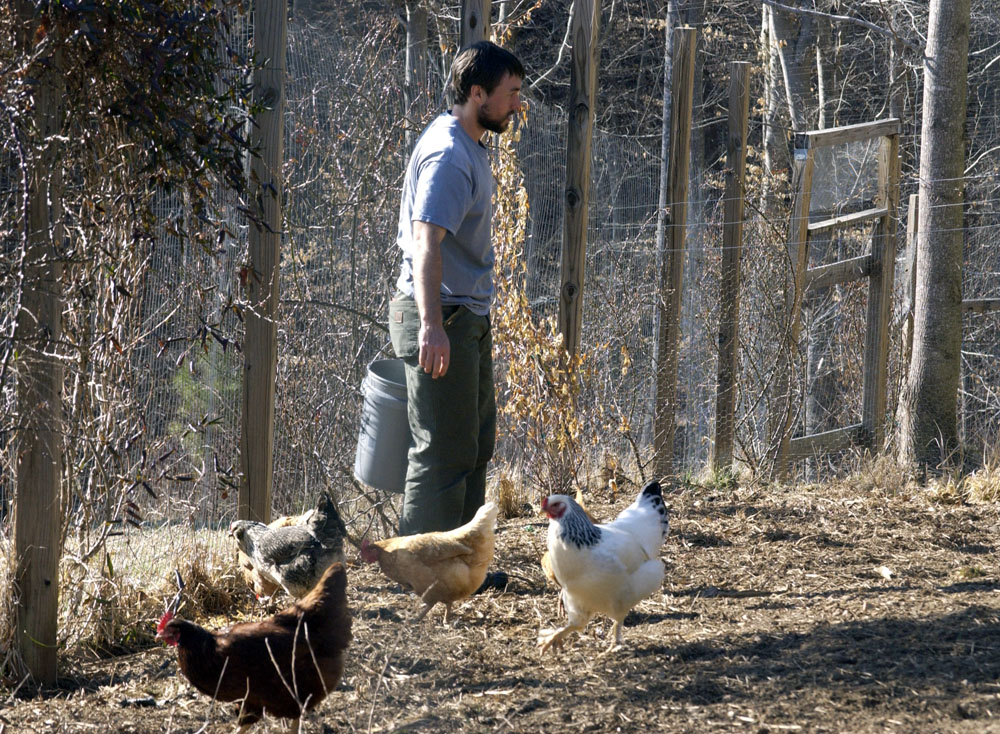
Picking up rocks in the garden
Winter’s back is broken. The temperature today reached 68 degrees. The daffodil shoots are a couple of inches high. While I have been recovering from minor surgery, Ken has a serious case of spring fever. This morning he washed all the windows, inside and out. Then we measured for an extension of the chicken fence into the woods, to give the chickens more scratching space and more summer shade. Ken wrote up a list of spring chores, including seeding and fertilizing the yard and orchard, mulching, and getting the spring garden planted. We’re a little late with pruning the apple trees. That needs to be done this week. The seeds for the spring garden have been ordered.
It was a harsh winter. Several times the temperature dropped as low as 4F. Most winters, the grass retains a strong tinge of green, but this winter everything went brown. The current generation of chickens (there are six of them) are the fiercest scratchers we’ve ever seen. They were damaging the turf in the orchard, so we allowed them only in the garden for most of the winter, where they could do no permanent harm to dormant growing things other than the garden’s cover crop of winter rye. Between the cold and the constant digging of the chickens, not a single sprout of the winter rye in the garden seems to have survived.
One couldn’t possibly have too much pasture for chickens. When growing conditions for grass are good, the grass can stay ahead of the chickens. But the girls can make a big mess of things in the winter. Luckily our chickens can be restricted either to the orchard or to the garden, with the chicken house in the middle. That saved the turf in the orchard this winter. The plan now is to add several hundred square feet of fenced area inside the woods.
When you’re committed to your chickens, the labor never ends. Partly this is because chickens become part of the family. And partly it’s because, once you become accustomed to home-laid eggs from properly pastured hens, there is no going back. No matter how much you’re willing to spend on eggs at places like Whole Foods, there is just no comparison.

